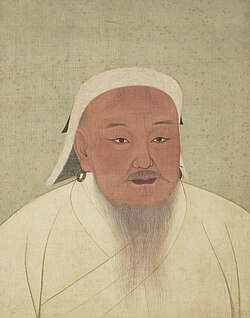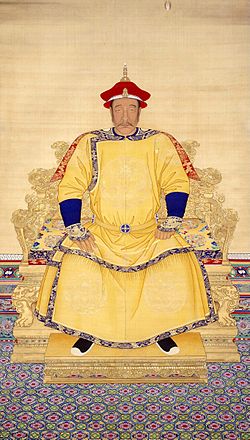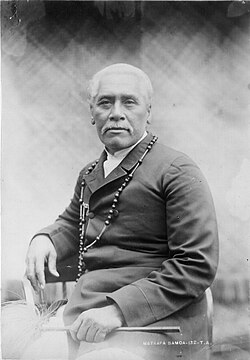In Asia
 |  |
East Asia paramount chieftainships and titles
Khan, alternately spelled lowercase as khan [2] and sometimes spelled as Han, Xan, Ke-Han, Turkic: khān, [2] [3] Mongolian : qāān, [3] Chinese: 可汗 or 汗, kehan or han) is an originally Central Asian title for a sovereign or military ruler, first used by medieval Turko-Mongol nomadic tribes living to the north of China. 'Khan' is first seen as a title in the Xianbei confederation [4] for their chief between 283 and 289 [5] and was used as a state title by the Rouran confederation. [6] It was subsequently adopted by the Göktürks before Turkic peoples and the Mongols brought it to the rest of Asia. In the middle of the sixth century it was known as "Kagan – King of the Turks" to the Persians. [4]
It now has many equivalent meanings such as commander, leader, or ruler. The most famous khan was the Great Khan of Mongols: Genghis Khan. Another famous Manchu khan was Nurhachi.
Sabah, Malaysian Borneo

Huguan Siou is the paramount leader for the Kadazandusun Murut indigenous community in Sabah. The current and the second Huguan Siou is Joseph Pairin Kitingan. The office is near sacred and can be left vacant if no one is deemed worthy to hold the title. [7]
